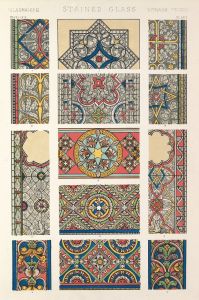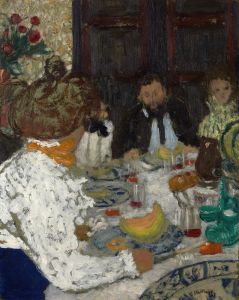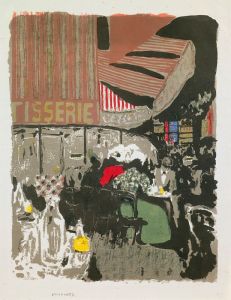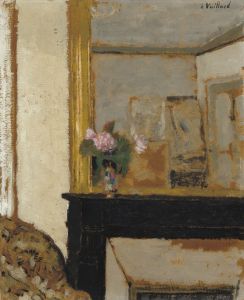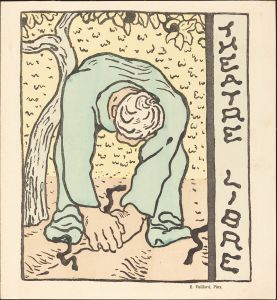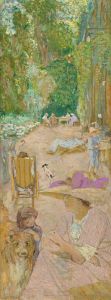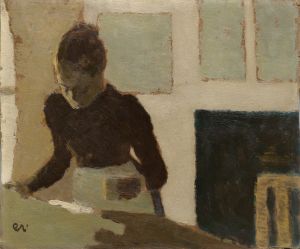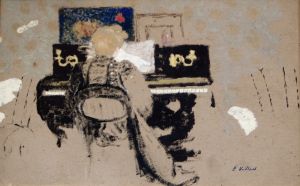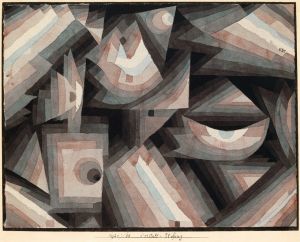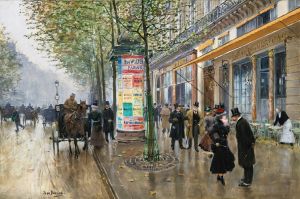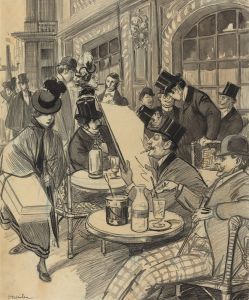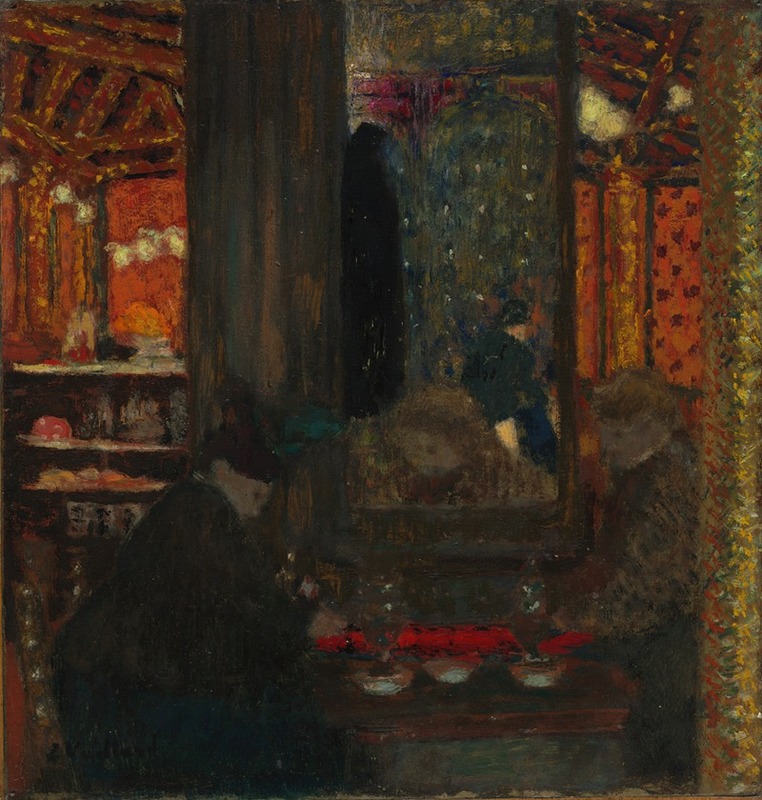
At the Café
A hand-painted replica of Édouard Vuillard’s masterpiece At the Café, meticulously crafted by professional artists to capture the true essence of the original. Each piece is created with museum-quality canvas and rare mineral pigments, carefully painted by experienced artists with delicate brushstrokes and rich, layered colors to perfectly recreate the texture of the original artwork. Unlike machine-printed reproductions, this hand-painted version brings the painting to life, infused with the artist’s emotions and skill in every stroke. Whether for personal collection or home decoration, it instantly elevates the artistic atmosphere of any space.
"At the Café" is a painting by the French artist Édouard Vuillard, created around 1898-1899. Vuillard was a prominent member of the Nabis, a group of avant-garde post-impressionist artists who were active in France during the late 19th century. The Nabis were known for their emphasis on the decorative aspects of painting and their interest in capturing the intimate, everyday moments of modern life.
Édouard Vuillard was born on November 11, 1868, in Cuiseaux, France, and he studied at the Académie Julian and the École des Beaux-Arts in Paris. He became associated with the Nabis in the late 1880s, alongside artists such as Pierre Bonnard, Maurice Denis, and Paul Sérusier. Vuillard's work is characterized by its rich, textured surfaces and his use of pattern and color to create a sense of depth and atmosphere.
"At the Café" depicts a typical Parisian café scene, a common subject in Vuillard's oeuvre. The painting captures a moment of quiet interaction between the figures, who are seated around a table. Vuillard's use of muted colors and soft, diffused light creates an intimate and contemplative mood. The composition is carefully balanced, with the figures arranged in a way that draws the viewer's eye around the scene.
One of the notable aspects of Vuillard's technique in this painting is his use of pattern and texture. The artist often incorporated elements of the decorative arts into his work, and in "At the Café," this is evident in the intricate patterns of the wallpaper and the tablecloth. These patterns not only add visual interest but also help to create a sense of space and depth within the composition.
Vuillard's attention to detail and his ability to capture the subtleties of human interaction are evident in "At the Café." The figures are rendered with a sense of individuality and presence, yet they are also integrated into the overall harmony of the scene. This balance between the individual and the environment is a hallmark of Vuillard's work and reflects his interest in the interconnectedness of people and their surroundings.
"At the Café" is a testament to Vuillard's skill as a painter and his ability to convey the quiet beauty of everyday life. The painting is part of the collection at the Musée d'Orsay in Paris, which houses an extensive collection of works by Vuillard and other members of the Nabis. The Musée d'Orsay is renowned for its collection of 19th-century art, including works by the Impressionists and Post-Impressionists.
In summary, "At the Café" by Édouard Vuillard is a masterful example of the artist's ability to capture the intimate moments of modern life with a keen eye for detail and a deep appreciation for the decorative elements of painting. The work reflects Vuillard's unique style and his contribution to the Nabis movement, making it an important piece in the history of French art.






